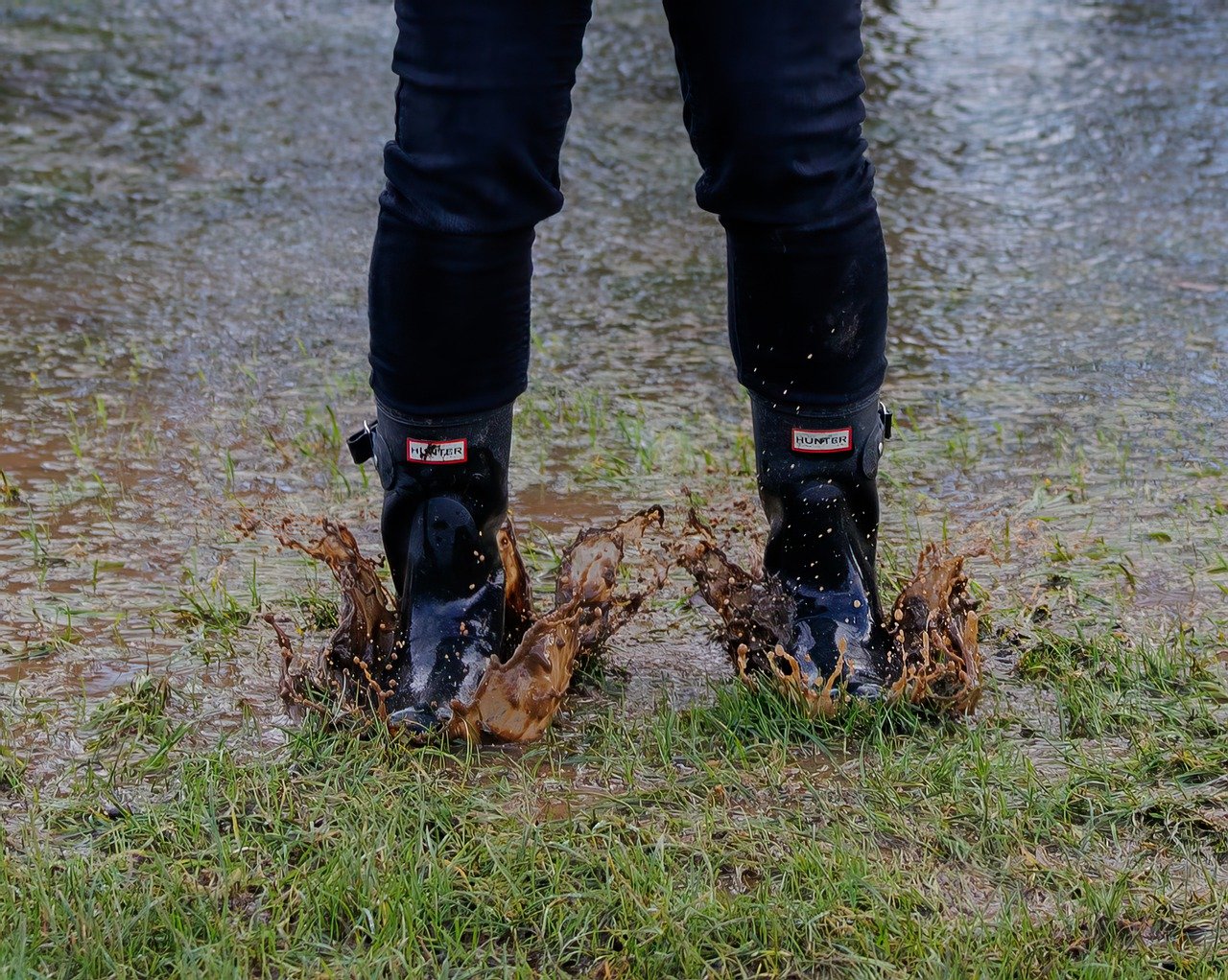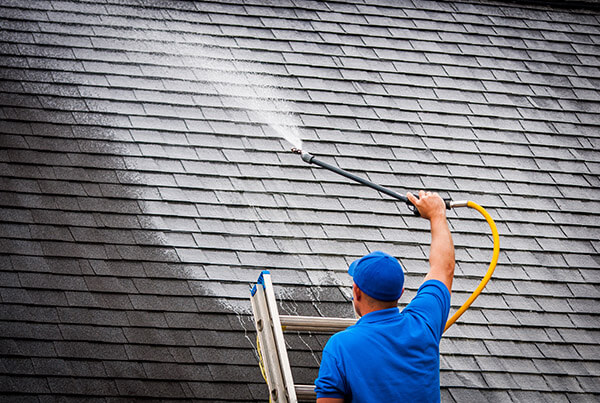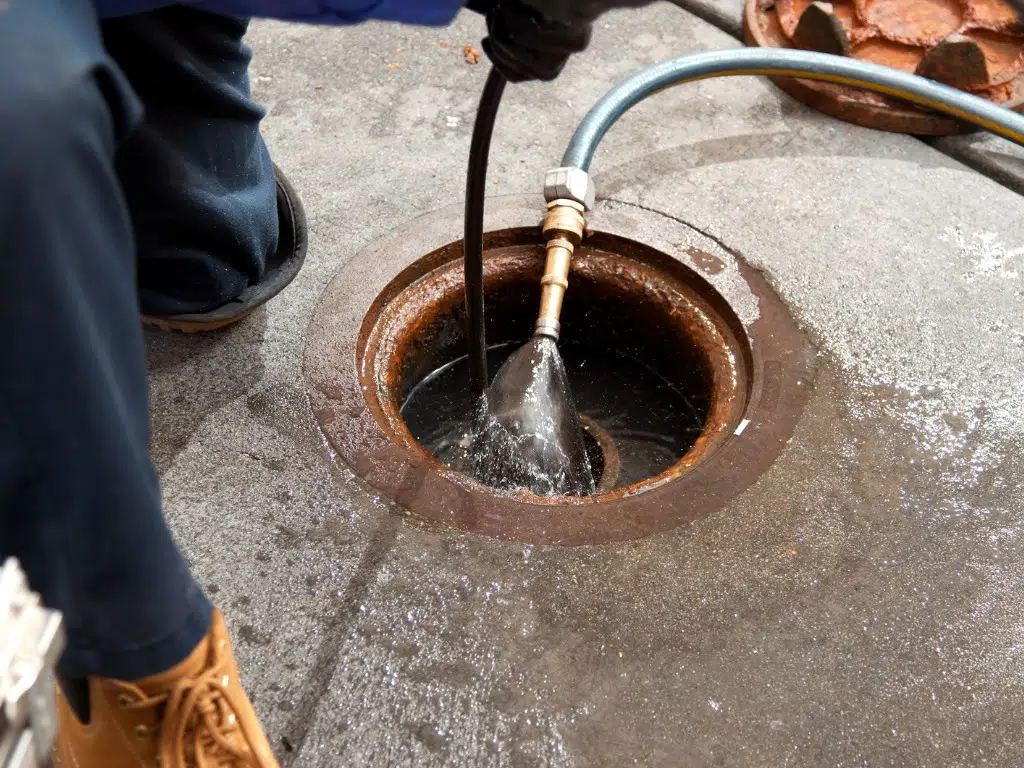If you’re tired of soggy grass, muddy patches, and standing water every time it rains, it’s time to learn how to fix a yard that floods. Yard flooding isn’t just unsightly—it can damage your lawn, weaken your home’s foundation, and attract pests like mosquitoes and ants. The good news? You can fix it with the right drainage strategy and a bit of understanding about what’s really going on beneath your yard.
Why Does a Yard Flood?
The first step to fixing a yard that floods is identifying the source of the problem. Flooding usually occurs when water can’t drain or soak into the soil fast enough. Common causes include:
- Poor grading that traps water instead of directing it away.
- Compacted or clay-heavy soil that prevents absorption.
- Blocked or short downspouts dumping rainwater too close to the house.
- Urban runoff from nearby driveways, patios, and sidewalks.
- Damaged or clogged drainage lines under the yard.
- High water tables that cause water to rise and saturate the surface.
Urbanization has worsened the issue—according to the USGS, impermeable surfaces like concrete and asphalt can increase stormwater runoff by up to 60%, overwhelming natural drainage patterns. Over time, these issues cause erosion, plant death, and even foundation damage if left unchecked.
How to Fix a Yard That Floods
Fixing a flooded yard doesn’t have to feel overwhelming. The key is to match the right solution to your specific problem. Here’s a detailed look at practical fixes:
1. Quick Fixes for Small Flooding Issues
If you’re dealing with minor flooding or occasional pooling:
- Extend your downspouts 5–10 feet from your foundation so water drains farther away.
- Clean gutters and drains regularly to prevent blockages.
- Aerate your lawn with a core aerator to break up compacted soil and improve absorption.
- Add topsoil and reseed low areas where water collects.
- Use sandbags or temporary barriers during heavy rain to redirect surface flow.
These methods are affordable and effective for small-scale flooding, but they won’t resolve deeper grading or drainage issues.
2. Permanent Drainage Solutions for Severe Flooding
If your flooding is recurring or severe, you’ll need more permanent solutions:
- Install a French Drain: A gravel-lined trench with a perforated pipe that collects and redirects water underground. It’s one of the most effective ways to fix a yard that floods.
- Regrade the Yard: Adjust the slope of your yard so that water naturally drains away from your home. Aim for a 1-2% gradient (about 1 foot drop for every 10 feet).
- Build a Rain Garden: Create a shallow, plant-filled basin that captures and filters stormwater. Use deep-rooted native plants for best results.
- Add a Dry Well: These underground storage systems collect excess water and allow it to slowly seep into the surrounding soil.
- Install Catch Basins: Grated inlets that collect surface water and route it through underground pipes.
- Use Permeable Pavers: Replace concrete with pavers that allow rainwater to soak through and reduce runoff.
Each of these methods serves a different purpose, and in many cases, combining multiple solutions provides the most long-term relief.
What It Costs to Fix a Flooding Yard
Fixing drainage isn’t a one-size-fits-all project, and costs vary widely based on the yard’s condition, soil type, and the chosen solution. Here’s a general guide:
| Solution | Average Cost Range | Details |
|---|---|---|
| French Drain | $2,500–$5,000 | Requires trenching and gravel, ideal for redirecting water |
| Yard Regrading | $1,000–$5,000 | Best for large yards or poor slopes |
| Rain Garden | $500–$2,000 | Eco-friendly and visually appealing |
| Dry Well | $1,000–$3,000 | Works best for small to medium yards |
| Channel or Trench Drain | $30–$150 per linear foot | Ideal near driveways and patios |
| Full Drainage System | $4,000–$15,000 | Combines multiple systems for total yard protection |
DIY drainage fixes can save money upfront, but mistakes like improper pipe slope or poor grading can lead to worse flooding later. For anything beyond a small fix, hiring a professional is a worthwhile investment.
Eco-Friendly Ways to Fix a Flooding Yard
Many homeowners want to fix a yard that floods without harming the environment. Fortunately, green solutions can be both effective and sustainable:
- Rain gardens and bioswales naturally filter pollutants and recharge groundwater.
- Permeable paving allows rainwater to soak into the ground instead of running off.
- Native grasses and shrubs improve soil structure and require less maintenance.
- Mulch and compost increase soil permeability and encourage healthy root systems.
These methods not only reduce flooding but also beautify your landscape and support local biodiversity.
Maintenance Tips to Prevent Future Flooding
Once your drainage system is installed, regular upkeep is crucial to ensure it keeps performing effectively:
- Inspect gutters, downspouts, and drains twice a year.
- Remove debris from catch basins and French drains.
- Aerate and overseed your lawn annually.
- Trim overgrown plants or roots near drainage paths.
- Maintain soil health with organic matter and minimal compaction.
Preventative maintenance saves you from costly repairs and keeps your landscape healthy year-round.
Why Professional Help Matters
While you can handle minor flooding with DIY fixes, ongoing or widespread issues often need professional expertise. Improper grading, misaligned drainage pipes, or local code violations can turn a small problem into a major one. A certified drainage contractor can:
- Perform soil and slope analysis.
- Design a customized drainage plan.
- Ensure compliance with local stormwater regulations.
- Provide warranties for installation and performance.
If you’re serious about protecting your home’s foundation and increasing your property’s value, professional help is the smartest way forward.
Let Ware Landscaping Fix Your Flooded Yard
If you’re in Naperville, IL, and still struggling with how to fix a yard that floods, the experts at Ware Landscaping are here to help. They specialize in designing and installing custom drainage systems, including French drains, catch basins, and eco-friendly runoff solutions.
With years of experience tackling flooding problems in Illinois’ challenging soils, Ware Landscaping provides tailored strategies that last. Their 10-year drainage guarantee ensures your home and yard stay dry season after season.
Whether you need regrading, a French drain, or a complete drainage overhaul, Ware Landscaping offers free consultations and transparent pricing. Visit Ware Landscaping today and let the professionals help you reclaim your lawn, protect your home, and enjoy a beautiful, flood-free yard all year long.








